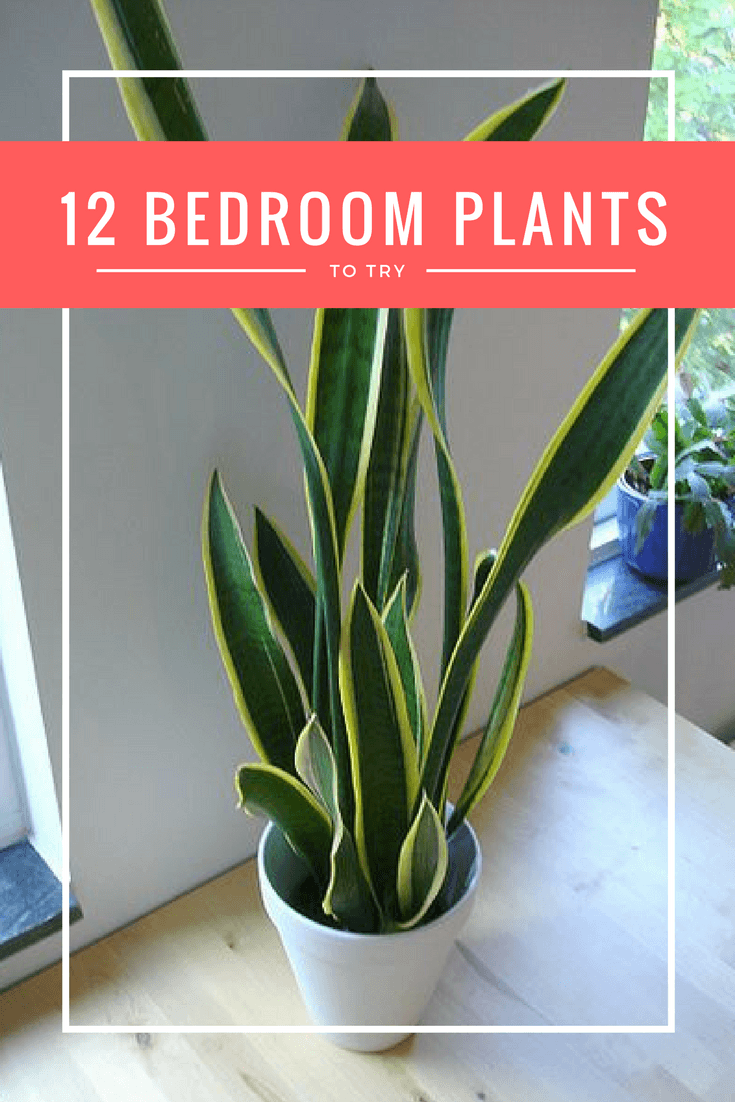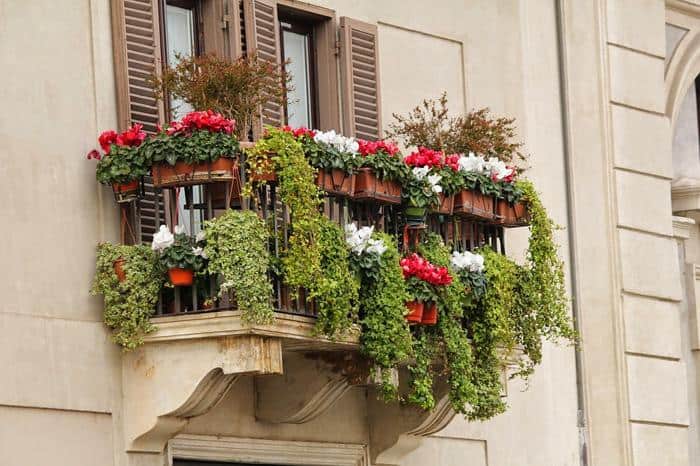How to Grow and Maintain the Broadleaf Lady Palm
The Broadleaf Lady Palm (Rhapis Excelsa), or simply Lady Palm, is a type of fan palm thought to have originated in China and Taiwan. Unlike many palm species, this variety is not commonly seen in the wild. You’re more likely to find a Lady Palm in a nursery, as there are the primary locations from which these plants are cultivated. Though the bulk of these palms do come from China, there are also Japanese offshoots that vary in size and color.
Facts About Broadleaf Lady Palms
The Broadleaf Lady Palm is a multi-stemmed palm plant that grows from the ground as a series of dense, bamboo-like stalks. From the stalks, dark, broadly fanned leaves protrude. Left to themselves, these will cluster, forming what might be described as a palm shrub. The plant stems will grow to about 8 feet in height. With the leaves, the height of the plant can reach upwards of 14 feet.
The leaves themselves are multi-segmented, increasing over time in mature specimens. The leaves will often exhibit a golden striping effect that can be reduced with the use of fertilizer, but never eliminated. The leaves can grow about 8-24 inches in length. They are saw-toothed (a rarity for palms) and slender. Their density, however, creates a thick, bushy appearance which makes the Lady Palm adept at serving as a privacy screen in addition to ornamentation in a garden or home.
There are no discernable characteristics differentiating males and females of the species. The Lady Palm will sometimes flower when mature, producing a white blossom that you may prune without damaging the plant. This palm will also produce a white, fleshy fruit at times. Growth rates vary depending on the environment the plant is living in, though, in indoor spaces, you won’t usually have to worry about the plant becoming too large.
Indoors, the Broadleaf Lady Palm can serve as a natural filter, siphoning formaldehyde, xylene, carbon dioxide, and ammonia from the air. This is a strong plant, capable of growing without much assistance. Still, you’ll want to show the utmost level of care to your Lady Palm to ensure that it becomes as hearty as it can be.
Planting Broadleaf Lady Palms
Whether indoors or outdoors, you’ll need to make sure that your Lady Palm has enough shade to grow well. This is because too much direct sunlight will fade the leaves, causing them to change from green to yellow. Outdoors, you should find a shady spot with neutral to slightly acidic soil. An understory near a larger tree is usually good location to plant. Make sure the area has adequate drainage, and dig your hole to cover about 2/3rds of the root structure.
You should water the plant regularly, especially during hotter months. This will ensure that the leaves maintain their color and the plant stays hearty. The Broadleaf Lady Palm is highly resistant to temperature changes, but for the most part does well in tropical and subtropical climates. Fertilize with half-strength all-purpose fertilizer, and watch the leaves to get an indication of the plant’s overall health.
Indoors, you’ll follow those same rules but will need to carefully place your plant for optimal growth. Don’t place this plant in direct sunlight. Keep it in a well-lit room, but to the side of any windows or skylights so it isn’t getting bombarded by the sun. When the Lady Palm is in a pot, you’ll do well to remember that the roots grow to the bottom of the container rather than spreading throughout.
Know that your Lady Palm will grow at a relatively slow and steady rate, but once your palm is well established, you’ll be ready to start a routine of advanced care and cultivation.
Caring For A Broadleaf Lady Palm
Though Lady Palms are adaptable, you can employ several strategies to optimize their growing potential. For starters, try adding organic materials to the soil at periodic intervals. This will provide your plant with nutrients, help the soil better maintain moisture, and help achieve better drainage. Be careful not to over-feed your palm, as this could potentially injure the plant.
You’ll want to keep dry periods for your palm to a minimum. It can withstand droughts, but too much time without water will impede growth. Overwatering, though, will increase the likelihood of root rot, so make sure that the soil is moist but not soggy. Keep your palm in a pot with drainage and remove excess water whenever you detect it.
This species of palm will benefit from occasional pruning. You should trim away any dead or discolored leaves, and remove dead trunks from a palm cluster. If you notice entire leaves that have turned brown, it is possible that the environment is too hot, you have not watered the plant enough, or you have applied too much fertilizer.
You should periodically dust your palm leaves with a rag and water. You will also need to defend it from pests. You can discourage spider mites that prey on the Lady Palm by balancing your humidity and keeping the leaves moist. You can kill current infestations with natural remedies or a systemic insecticide that will permeate the palm.
Lady Palms can fall victim to several infectious diseases, including Fusarium Oxysporum, Pythium, Rhizoctonia, and Penicillium. You should watch for signs of plant infection, and apply a fungicide to deal with these ailments when appropriate.
Additional Care Requirements
Your Broadleaf Lady Palm is resilient, and will likely thrive, even with minimum care. Keep these points in mind, though, to provide it the best possible existence:
- Lady Palms have a broad temperature range and will grow in conditions ranging from 20-100 degrees Fahrenheit.
- Low-to-moderate indirect sunlight is best. Keep your palm in a shady area or away from windows.
- Lady Palms can adapt to many soil types but do best in African Violet potting soil mix.
- Lady Palms require consistently moist soil but should not be overwatered. Don’t let the soil become soggy and drain excess water away from the roots.
- Keep the environment humid and mist the plant during warmer months.
- Lady Palms require only a little fertilizer. Too much will harm the plant.
Photo By Forest & Kim Starr Licensed Under CC BY 2.0
Also Read: Growing Vanilla


